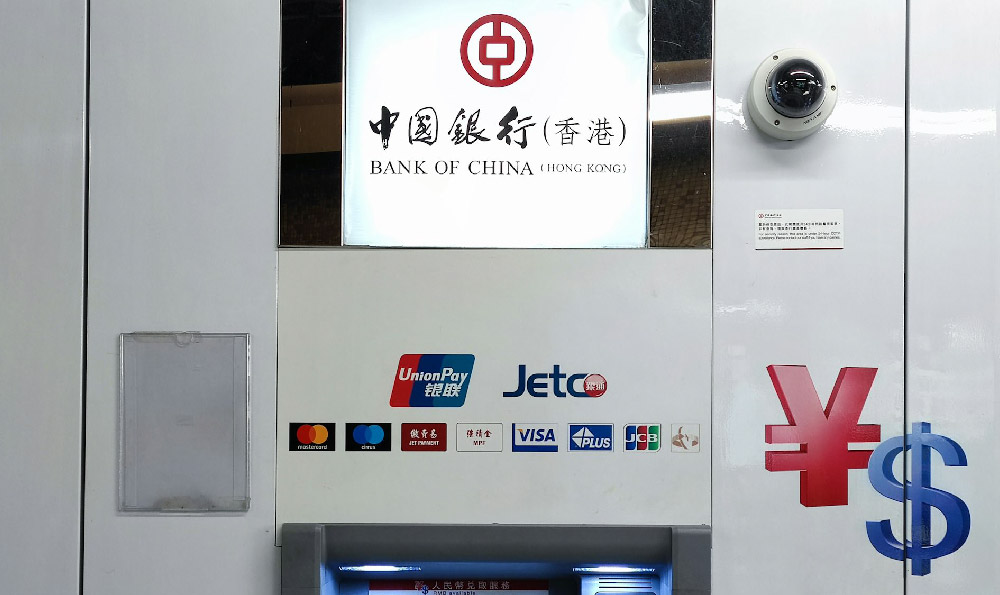Car dealerships operate within a complex and dynamic industry, where revenue generation and profit optimization require strategic alignment with market forces, technological advancements, and evolving consumer preferences. Understanding the diverse income streams available to dealerships is crucial for maintaining financial stability, while implementing forward-thinking profit strategies can unlock growth opportunities and mitigate risks. The modern automotive landscape is shaped by factors such as the rise of electric vehicles (EVs), shifting buyer demographics, and digital transformation, making adaptability a key determinant of success. By analyzing these elements in depth, dealerships can refine their business models and position themselves for sustained profitability.
At the core of any dealership’s financial structure lies the sale of new vehicles, a traditional but ever-evolving revenue source. The margins here depend on the balance between car prices, incentives, and competition. For instance, dealerships often engage in strategic pricing by monitoring wholesale costs, market demand, and regional trends to maximize profit per unit. Additionally, limited-time promotions or bundle deals—such as financing packages combined with extended warranties—can drive sales while maintaining healthy profit margins. However, the volatility of new car markets demands that dealerships avoid overstocking or holding inventory for prolonged periods, as this ties up capital and increases the risk of depreciation. A data-driven approach to inventory management, informed by analytics on vehicle popularity and economic conditions, ensures that dealerships align their stock with customer demand and market realities.
The secondary market, encompassing used car sales and trade-ins, offers another significant revenue stream. Unlike new car sales, this segment is often influenced by the lifecycle of vehicles and the condition of the broader economy. Dealerships can generate profit by acquiring high-value used cars through competitive bidding or partnerships with private sellers, then reselling them at a markup. Effective pricing models here require assessing the vehicle’s condition, mileage, and market comparables. For example, a well-maintained car with low mileage might command a premium, while a heavily damaged vehicle could require cost recovery strategies. Furthermore, trade-in programs allow dealerships to collect additional revenue by purchasing used vehicles from customers, who can then be resold or repurposed. This not only enhances cash flow but also provides an opportunity to build customer loyalty through flexible trade-in options.

Beyond vehicle sales, dealerships can diversify their income through ancillary services. While these are often negotiable, they contribute to overall profitability. Services such as finance and insurance, where customers may need assistance with financing plans or comprehensive coverage, offer recurring revenue. Dealerships can leverage partnerships with banks or insurance providers to offer competitive rates, thereby increasing the likelihood of customer acquisition. Maintenance and repair services, including parts sales and routine servicing, are another critical area. By promoting preventive maintenance packages or offering free diagnostics, dealerships can create an additional revenue stream while fostering long-term customer relationships. Similarly, lease programs and vehicle rental services cater to different segments of the market, particularly those seeking short-term mobility solutions.
The integration of technology has become a game-changer in modern dealership operations. Data analytics tools allow dealerships to track consumer behavior, monitor market trends, and predict demand. This data can be used to refine inventory strategies, adjust pricing models, and enhance marketing efforts. Digital platforms also enable dealerships to streamline customer interactions, from online car evaluations to virtual test drives. A robust customer relationship management (CRM) system can improve lead conversion rates and customer retention by personalizing the buying experience. Moreover, telematics and AI-driven tools help dealerships optimize operations, such as predictive maintenance scheduling or route optimization for delivery services, thereby reducing costs and increasing efficiency.
While growth and profitability are paramount, risk management remains a critical aspect of dealership sustainability. This includes mitigating risks associated with inventory obsolescence, economic downturns, and supply chain disruptions. For example, during periods of economic uncertainty, dealerships can reduce exposure by focusing on high-demand vehicles or offering payment plans that align with customers’ financial capacities. Insurance risks are also a concern, particularly for high-value or luxury vehicles, requiring dealerships to maintain adequate coverage to protect against potential losses. Additionally, cybersecurity threats in the digital age necessitate robust protection measures, such as secure customer data storage and fraud prevention protocols, to safeguard both assets and reputation.
Global market trends further influence dealership strategies. The growing demand for sustainability is driving interest in electric and hybrid vehicles, with dealerships needing to expand their offerings in this sector. This includes not only selling EVs but also providing charging infrastructure solutions or maintenance packages tailored to electric vehicles. Similarly, the emergence of connected cars and autonomous driving technology opens new avenues for revenue, such as data monetization or subscription-based services for vehicle diagnostics. Dealerships must also stay attuned to demographic shifts, such as the increasing preference for budget-friendly options among younger consumers, and adjust their inventory and pricing accordingly.
A forward-thinking dealership recognizes that profitability is not limited to immediate transactions but extends to long-term value creation. This involves cultivating a loyal customer base through exceptional service, transparent pricing, and post-sale engagement. For example, offering maintenance subscriptions or exclusive discounts for repeat customers can enhance customer lifetime value. Additionally, dealerships must remain agile in their approach, continuously evaluating their strategies in response to market changes, regulatory updates, and technological advancements. By focusing on innovation and customer-centric practices, dealerships can achieve not only short-term gains but also long-term resilience.
Ultimately, the profitability of a dealership hinges on its ability to balance multiple revenue streams with strategic foresight and adaptability. In an industry marked by rapid changes, dealerships that invest in technology, diversify their offerings, and prioritize customer satisfaction are better positioned to thrive. While challenges such as market fluctuations and regulatory pressures are inevitable, a well-structured business model and proactive risk management can turn these obstacles into opportunities. By aligning operations with global trends and leveraging data-driven insights, dealerships can secure their place in the evolving automotive landscape and achieve sustainable financial growth.












